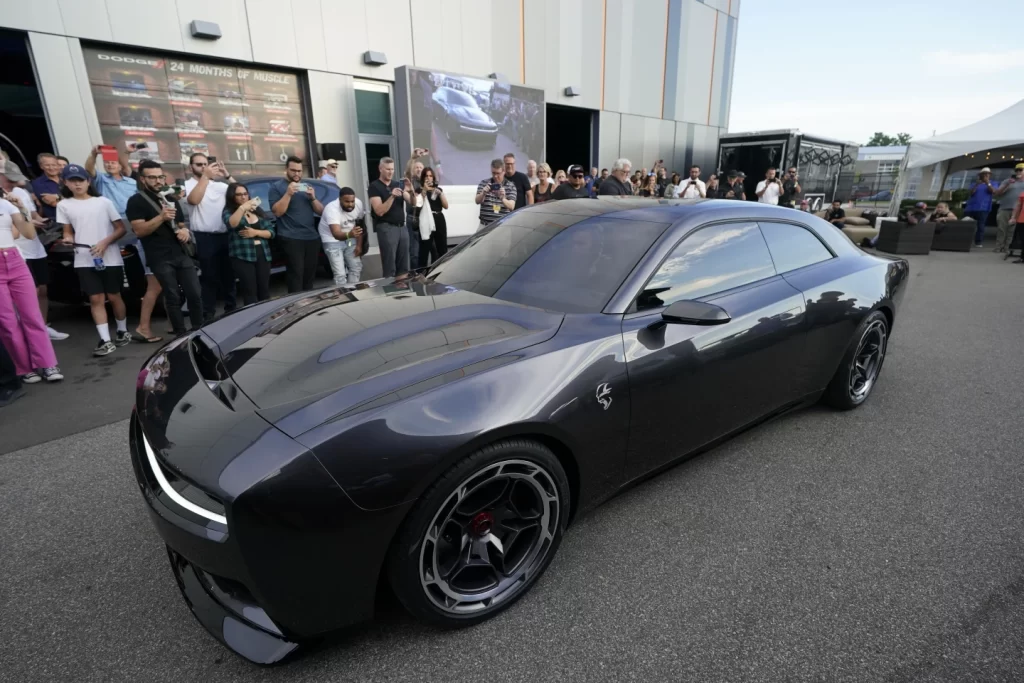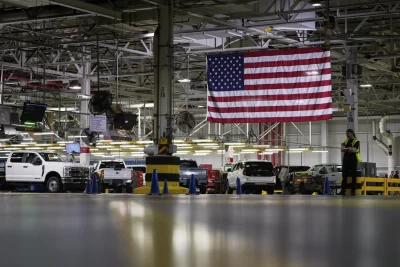
DETROIT— On the surface, you wouldn’t think the platform beneath a new generation of automobiles has anything to do with politics and elections.
But at Stellantis, new large vehicle underpinnings announced Friday are key to the company’s ability to adjust to European and U.S. government electric vehicle requirements that could change depending on this year’s elections.
CEO Carlos Tavares says the company’s new large platform is flexible enough to handle batteries and electric motors, gas-electric hybrids and internal combustion engines. The company also can build midsize to large vehicles on those underpinnings, including sedans, crossover vehicles, SUVs and even off-road Jeeps.
Tavares often says that EVs for 40% more to make than vehicles with combustion engines, boosting prices beyond what the middle class can afford. Governments have tried to promote EV sales with subsidies and tax credits, but some countries are starting to rethink those.
Electric vehicle sales growth already is slowing in many countries with consumers balking at the added cost as well as limited range and too few charging stations. On Friday, Ford said it was cutting production of the F-150 Lightning electric pickup after weaker-than-expected electric vehicle sales growth.
Some politial candidates, including GOP front-runner Donald Trump in the U.S., have criticized the move to EVs, indicating they would end policies to promote them.
Tavares said in some European countries, governments are imposing electric vehicles on consumers who can’t afford them. So many are keeping their current vehicles longer, raising the average vehicle age, which he said is a “disaster” for the planet.
Stellantis, he said, makes money on its EVs now, unlike many competitors. Those who can’t get strong prices for their vehicles won’t have money to invest in lower-cost new ones, and could wind up being consolidated into another company or going out of business, he said.
If companies keep cutting EV prices to attract buyers and don’t make money, there could be a “bloodbath” in the industry, Tavares said.
Stellantis said vehicles built off the new large platform will be built at multiple North American and European factories. In North America, it’s likely that the first new vehicles to come out will be a replacement for the Dodge Charger muscle car and a new version of the Jeep Wagoneer S.
The company can vary the length and width of vehicles and differentiate them from each other with ride and handling changes as well as infotainment and other interior features. Use of a platform for both battery and gasoline powertrains is unique to the industry, with many competitors building different chassis for each type of propulsion.






